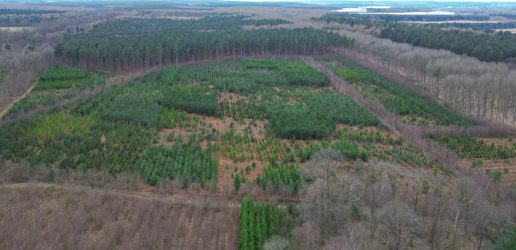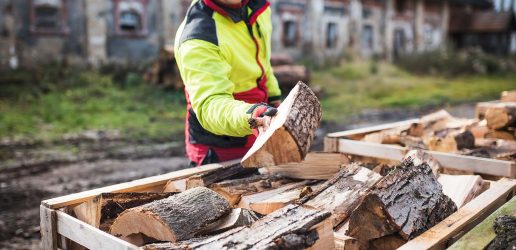A novel research project at Alice Holt forest has unearthed the UK’s rarest earthworm.
Current earthworm distribution records indicate that some UK species are rare or very rare. However, fieldwork conducted in November 2017 yielded three new records of the nationally very rare species Dendrobaena pygmaea, boosting the national records of this earthworm from six records to nine.
The discovery was made during work for a project that aims to develop a systematic method for sampling forest deadwood for earthworms. As well as standard soil pit sampling, the team sampled beneath deadwood bark and in the soil underneath the deadwood. All samples were taken from the chronosequence of forest stands established in the Environmental Change Network at Alice Holt forest in Surrey.
What does this tell us?
This finding suggests that some of the more rare species of earthworms may in fact simply have typical habitats that are under-sampled. Most of the UK’s earthworm research and surveys to date have focused on agricultural land. In addition, when forest habitats are sampled, important microhabitats (such as deadwood) are often overlooked by standard sampling methods.
Undertaking micro-habitat surveying alongside traditional sampling in forest habitats may reveal a wealth of new information and fundamentally change our understanding of earthworm species’ distributions and ecologies.
D. pygmaea
D. pygmaea is a small species, averaging 20‒35 mm in length. Current UK distribution records show it to be limited mainly to the south of England, with an additional record from the East Midlands. Its habitat preferences are understood to include well-drained soil, moist litter and mossy banks of streams in deciduous woodlands. To this, we can now add clayey soil beneath decaying wood.
Additional earthworm species findings from Alice Holt forest will be reported when this research is published later this year.
Useful sites
Recent News
View All news
Seventeen coniferous tree species show early promise for future commercial timber production in the UK
Researchers have set up a network of nine large scale experiments across the UK to test the suitability of 17 tree species as potential alternatives for future commercial timber production.
Forest Research are looking for people involved in the harvesting, processing, transport, import, or trade of firewood in Scotland to complete an important survey.

New guide to help local authorities conduct a people survey on the social value of their treescapes
A new step-by-step guide to help local authorities, charities and civic societies carry out a people survey to understand social and cultural values related to trees in their area, is now available.

Seventeen coniferous tree species show early promise for future commercial timber production in the UK
Researchers have set up a network of nine large scale experiments across the UK to test the suitability of 17 tree species as potential alternatives for future commercial timber production.
Forest Research are looking for people involved in the harvesting, processing, transport, import, or trade of firewood in Scotland to complete an important survey.

New guide to help local authorities conduct a people survey on the social value of their treescapes
A new step-by-step guide to help local authorities, charities and civic societies carry out a people survey to understand social and cultural values related to trees in their area, is now available.

